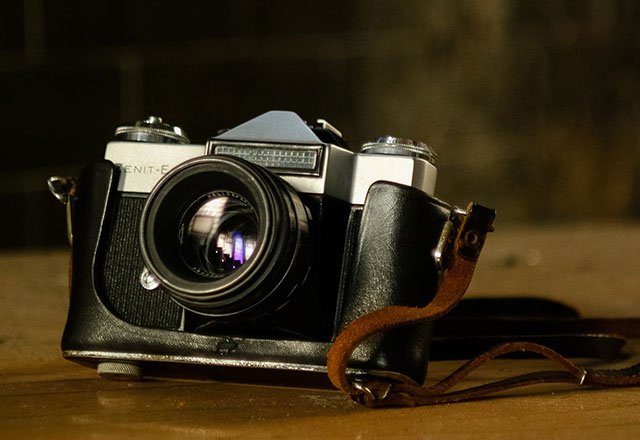
Olympus Pen
Benjamin (“Ben”) Perlin actively participates in charity work as a volunteer of Habitat for Humanity and Tennessee State Veterans’ Homes. As an expression of his artistry, Benjamin Perlin took up photography and now features many of the images he has captured using film cameras on his photography blog.
While some photographers opt for the convenience of digital cameras, others prefer film cameras. Here are some film cameras widely used by film photographers:
– Olympus Pen. This film camera utilizes 35 mm film. With its half frame, the Olympus Pen doubles the exposures of a roll of film. Although the majority of these cameras are rangefinders, some are SLR.
– Canon AE-1. First produced in 1976, the Canon AE-1 was the first Through The Lens (TTL)-metering camera available at a cheaper cost. This camera’s features include the auto exposure mode and shutter-speed settings.
– Leica M7. The camera features a TTL flash capacity with a classic 35 mm rangefinder. Retaining the classic Leica M functions, the Leica M7 is also equipped with modern conveniences such as an extremely bright viewfinder.


You must be logged in to post a comment.